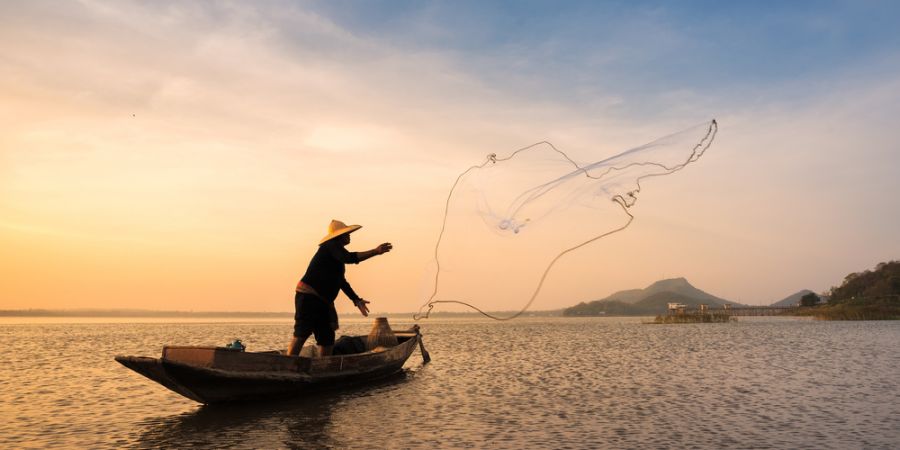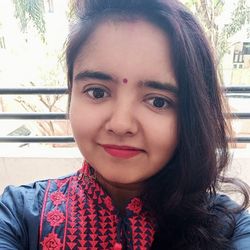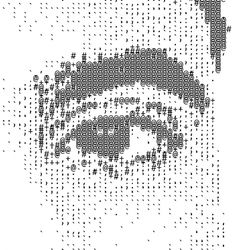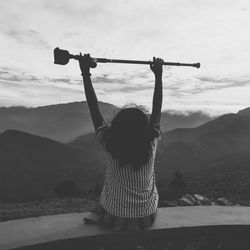

Fisherman. The first incarnation of Lord Vishnu who was the first step on the journey of humanity. Then we came out of the water to the land, Kurm Avatar. Again comes Varah Avatar, which means we have become animals, wild animals. Warah is not a pig form, eats will be bored. Those who don't know the difference between pig and wild bore can Google it. Wild bore is a very powerful and dangerous animal. Even the lion does not fight with him, the wild bore also has the ability to tear his stomach. Wild bore you can't control. Narsingh avatar comes again. Half human half animal. That means we are on the way to become human beings but we are not completely made. We still have equal quantities of animal qualities within us.
We become human when we gain knowledge. Who has knowledge, Brahmin has. So comes the Vaman incarnation, the perfect man. When humanity begins then society is formed. If society is not controlled, animal behavior dominates. You need power to control society. So who has knowledge will need power to organize society. So Parshuram comes, half Brahmins and half Kshatriya. Ram comes again, complete Kshatriya. When Ram comes, Ramrajya is established, alphabet system is needed in which everyone can get a place and everyone can get respect. Krishna comes for him who is a Kshatriya by birth but he is a cow guardian. If he is associated with dairy business, he is also Vaishya. He is also a chariot, that is Shudra and he also gives knowledge of Gita, that is Brahmin. When the character system turns into caste system, the high and low tide turns into untouchable, then humanity starts to end. Then comes Buddha who rejects state, society, caste and caste and now Kalki will come who will reject this world.
This was a mythological philosophy. According to Vedic beliefs, humanity begins with Vedas. Modern belief is also the same that humanity started when man learned to control fire. Humans are the only creature on earth who can control fire. About 200 out of the 1000 Suktas of Rigveda are dedicated to fire. In the first division of Rigveda, the first Riggeda of the first Sukta is dedicated to the fire. There are three forms of fire in Vedic belief. Land form (Yagni) sky form (light, pole star) and heaven form (sun)
Fire on earth lives in two forms. Controlled fire and uncontrolled fire. Uncontrolled fire is forest fire, you can't control it like wild bore can't. The second fire is the fire of the village. The fire is kept in three parts in the village. One for the kitchen. The fire of the kitchen has been lit, that means the beginning of the house, the beginning of the society, the beginning of humanity. Second fire is for gods that are connected by birth and third for fathers that are connected to death. The fire of the gods is called Deep Lakshmi and the lamp Lakshmi is lit at the time of evening. Where the lamp will be lit there will be potter to make lamps, if there is wick there will be farmer to grow cotton, if there is oil there will be oil, if there is ghee there will be gwala. Lighting the lamp in the evening is a sign for those sages, passengers, wandering workers that there is village, farmer, potter, oil. Where all these will happen, there will be society, humanity.
These burning lamps are the symbols of masculinity, society, home, soul, culture, humanity and human civilization. Dev Deepawali is the symbol of human civilization.
























